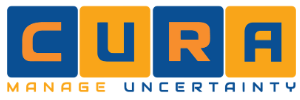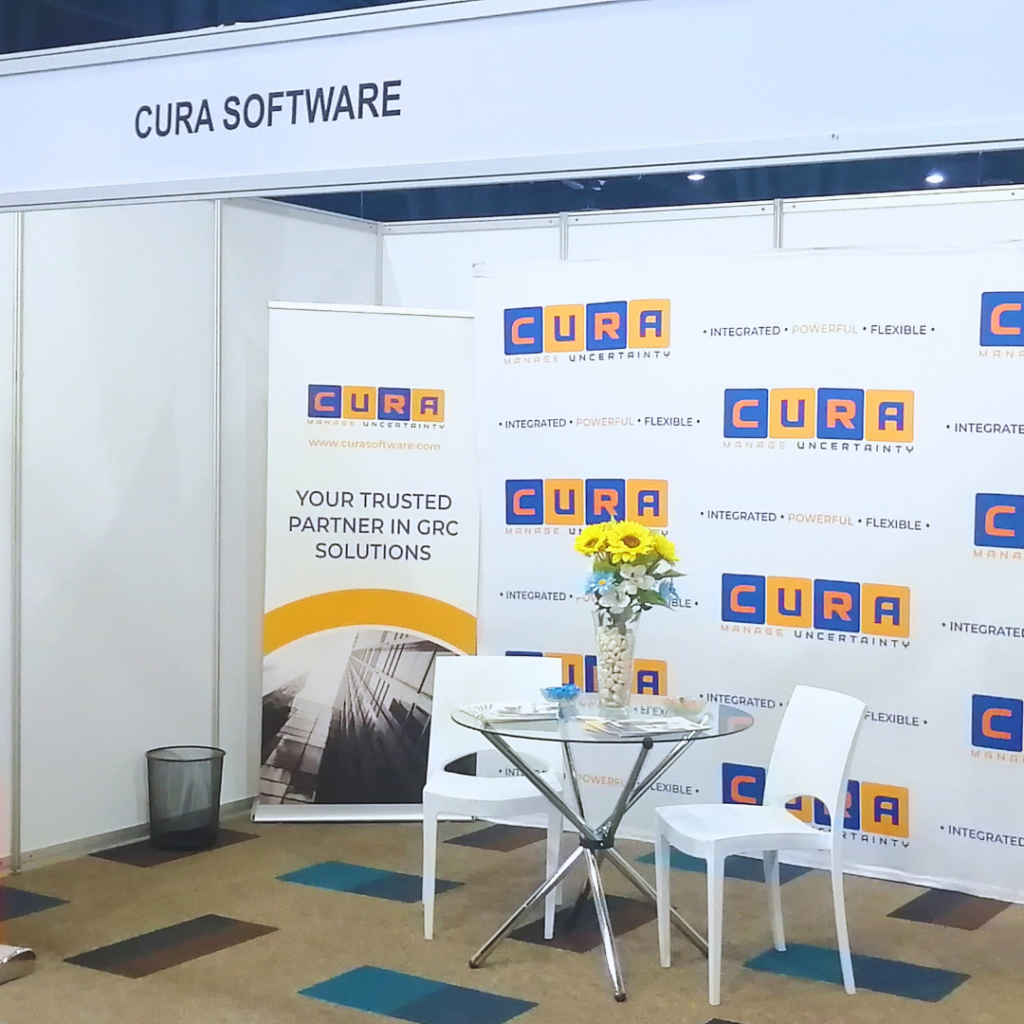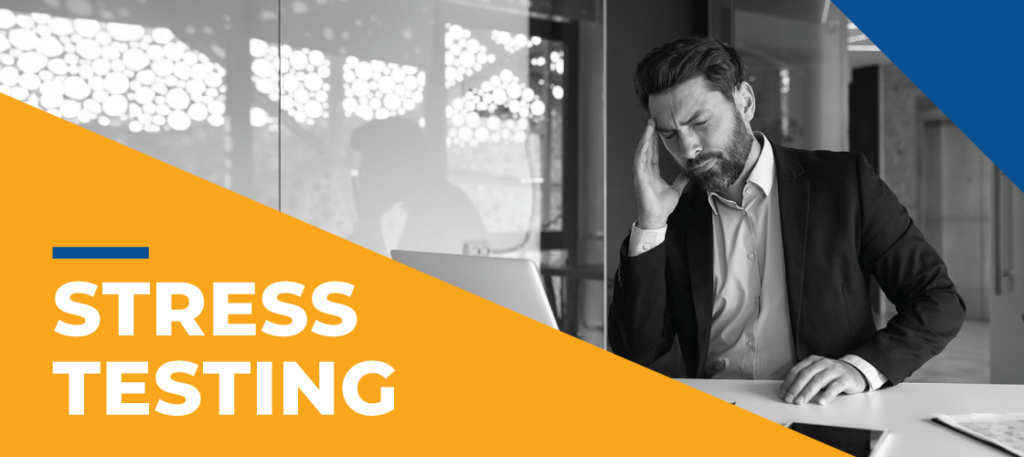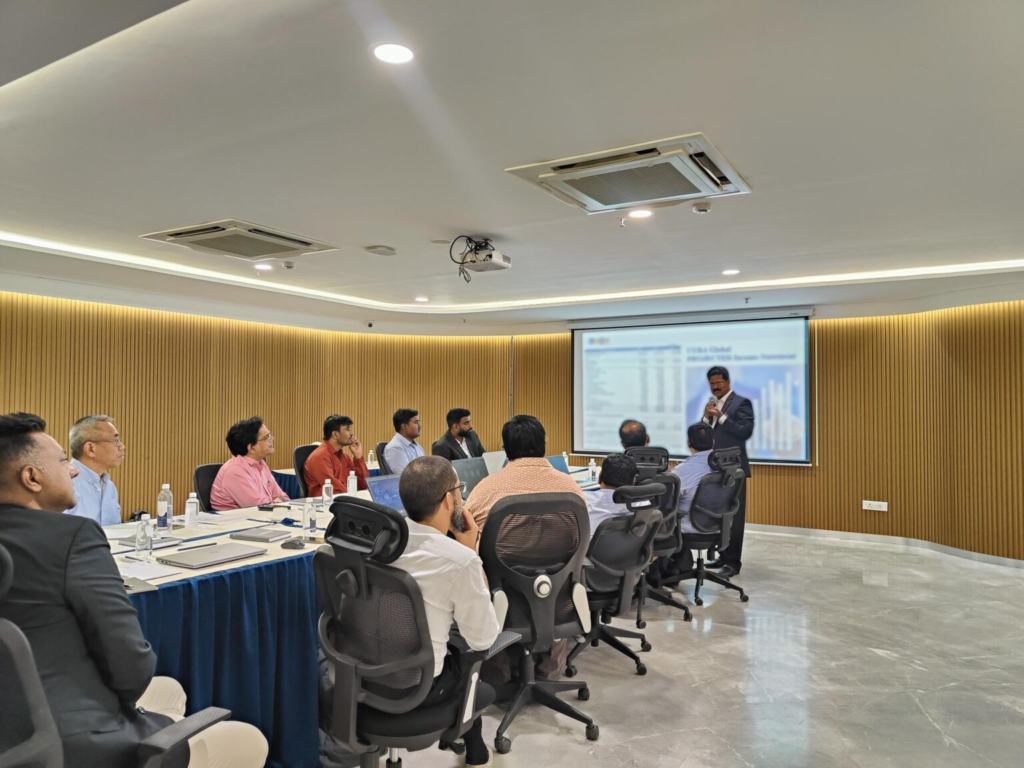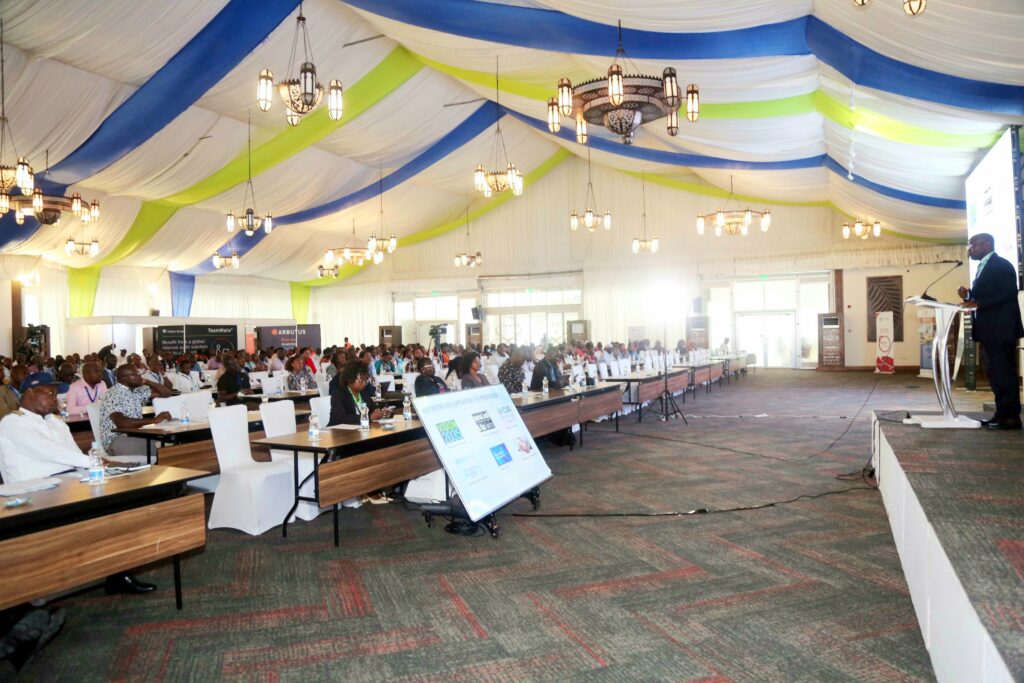A key risk indicator (KRI) is a metric for measuring the likelihood of if an event and its consequence will exceed the organization’s risk appetite. They can be quantified in terms of percentages, numbers, Rand values, time frames etc. The primary role of a KRI is to track trends over a period of time, these trends are then converted into early warning signals. Through the association of KRI’s to risks contained within a risk register, the data gathered in a KRI’s assists decision making process for the risk team by providing incite and actual measurable to based their risk management decisions on.
For example: An organization specializes in production of a product, a key risk indicator might be the number of delays in the production line, because an increase in this KRI beyond an acceptable norm could be an early indication that an operational problem needs to be addressed. The challenge for an organisation is not only to identify which risk indicators should be identified as being key but also to communicate that information in such a way that those responsible understands its significance and are able to act on them in a structure manner.
Using KRI’s to enable proactive risk management and assist in the prevention of risk materialisation is only possible when the metrics being utilised to measure the KRI are clearly defined. When considering which KRI’s to track it is advantageous to use ones that are regularly measureable, meaningful and logical. Multiple KRI’s can be associated to a single or multiple risks. However too many KRI’s to a single risk may over complicate the risk assessment process. Ranking the KRI’s level of impact or importance can also assist in establish which KRI’s data to take into account when assessing a risk, however if it is determined that one or two specific KRI’s are the common focal point during the assessment process the value of the lower ranked KRI’s should be reviewed.
Once the KRI’s are established the specific maximum and minimum tolerance thresholds need to be defined. These must be based on the company’s levels of risk appetite and tolerance, or internal acceptance, or industry norms.
Each KRI will have differing measuring periods and these are dependent on what the KRI represents and how frequently the KRI value changes. Should a KRI breach the minimum or maximum tolerance level. This breach should be escalated immediately and pre-defined preventative measures (controls) must be established and communicated to persons responsible for their implementation.
The ranking of a KRI can also be used to determine the escalation process once a KRI has breached its threshold. This is important so that management does not get overwhelmed by an excess of information and knows to react swiftly to when a serious situation is at hand.
In summary KRI’s provide rich information to better monitor and manage potential shifts in risk conditions. Key Risk Indicators are a metric type indicator developed to improve management’s position to handle events that may arise in the future in a timely and strategic way. KRI’s are able to assist businesses reduce loss and prevent exposure by indicating changes in risk profiles and proactively manage risk situations before they occur.
Organizations using CURA Software Solutions are able to establish KRI libraries and capture attributes that support the risk management processes. KRI’s can also be associated/linked to risks and can be monitored over time through snapshots within CURA. Assisted by CURA’s configurability, any set of parameters can be defined to allow for the effective monitoring of KRIs. Trend analysis is also available through interactive dashboard reporting within CURA.
Providing a flexible solution based on our clients individual needs, and risk processes and/ or frameworks makes CURA highly configurable. CURA’s Key Risk Indicators support:
- KRI libraries which can be developed over time, allowing monitoring and maintenance in a central location.
- Key Risk Indicator Thresholds which can be setup according to client methodology.
- Early Warning Systems which are available through workflow, rule-based notification engines and dashboard type views
- Trend Analysis & Interactive Dashboard Reports giving the client the ability to interact with the report and drill down capabilities to access detailed information.
Below are samples of KRI reports created using the CURA Solution:


